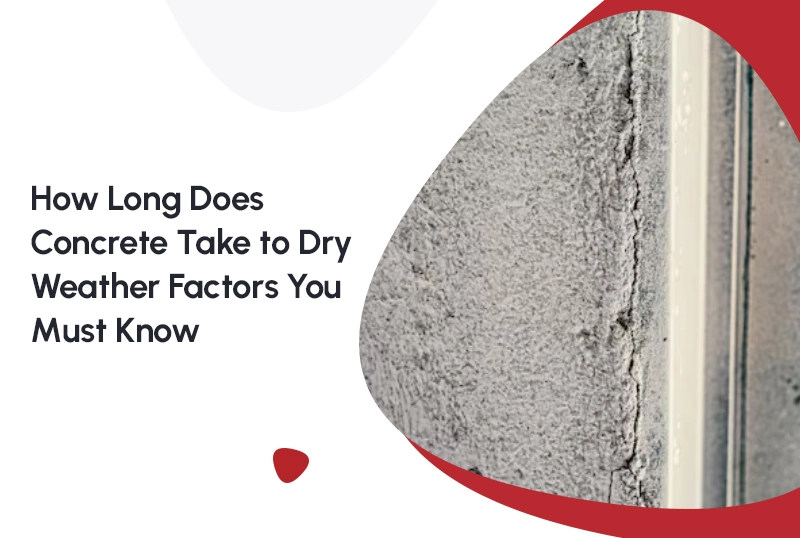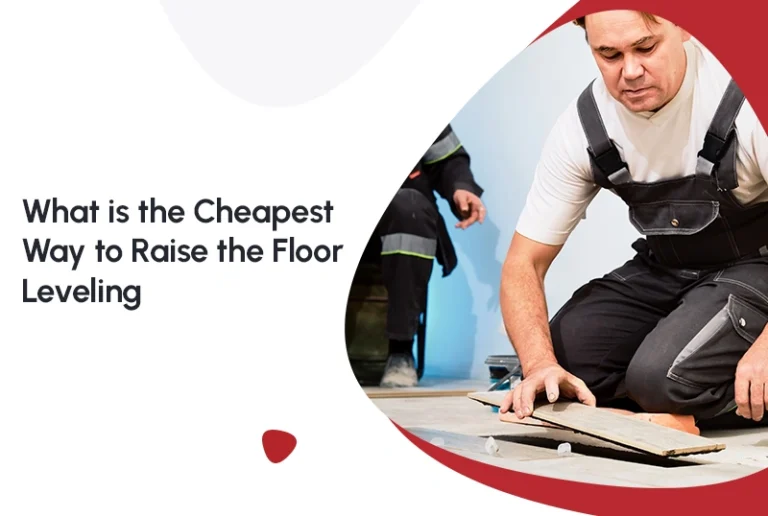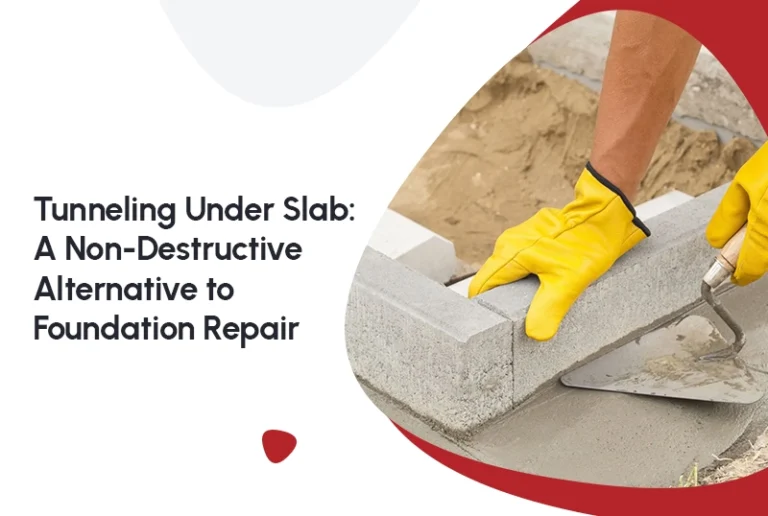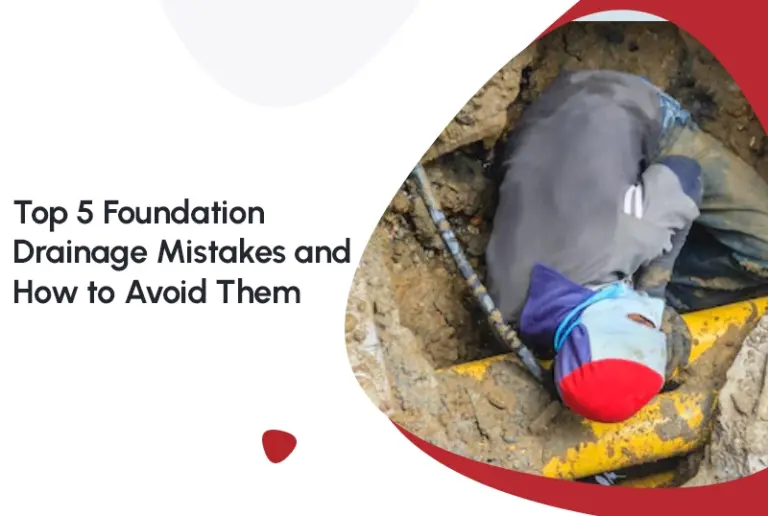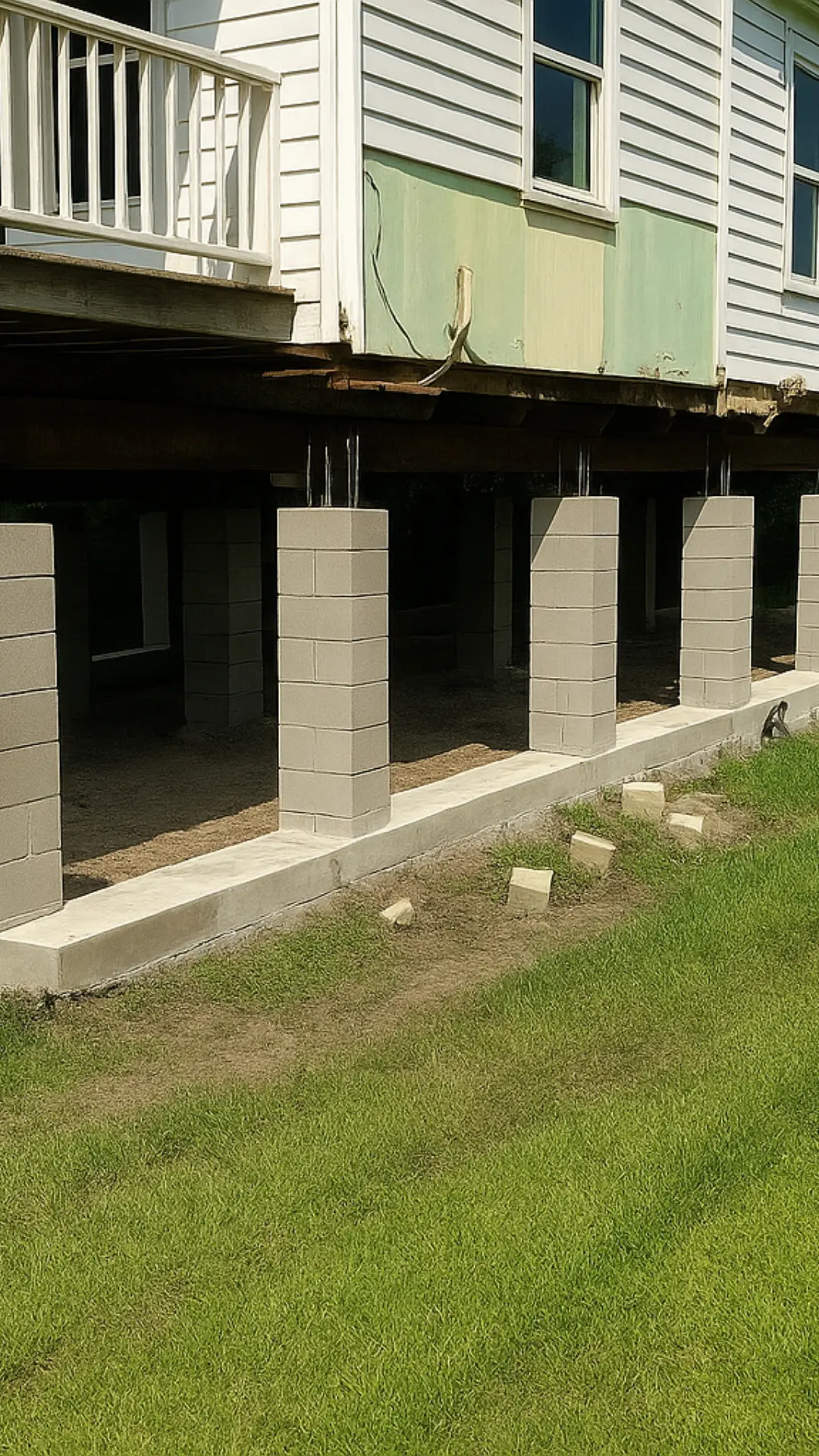Concrete is tough, eventually. But before it reaches its legendary strength, it goes through a finicky and delicate process that homeowners often underestimate. You pour it, smooth it, proudly admire it, then immediately wonder, “Okay how long does concrete take to dry?”
If you’ve ever hovered over freshly poured concrete like a parent watching a newborn nap and wondered how long does concrete take to dry, this blog is for you. Drying times, curing times, weather, humidity, rain, heat, cold — it all matters. A LOT.
In fact, weather is the #1 reason concrete cracks prematurely, according to the Portland Cement Association, which found that improper moisture control contributes to more than 80% of early concrete failures.
That’s why today we’re digging into:
- How long does concrete take to dry
- What affects drying time
- Common mistakes homeowners make
- Weather factors that speed up or slow down curing
- When concrete is ready to walk on, drive on, or admire from afar
- Why drainage, soil movement, and foundation conditions matter
Let’s make sure your concrete dries right the first time.
Understanding the Basics: What Does “Dry” Even Mean?
Here’s the twist: When you ask how long does concrete take to dry, so concrete doesn’t technically dry — it cures.
Drying = water evaporates
Curing = a chemical reaction happens (hydration)
Concrete can feel dry on top while still being structurally “young” underneath. And depending on weather conditions, that reaction can take hours, days, or even months to complete.
To answer “how long does concrete take to dry” correctly, you need to understand:
- Initial Set: 24–48 hours (walkable)
- Partial Cure: 7 days (70% strength)
- Full Cure: 28 days (100% strength)
But that’s under ideal conditions — which almost never exist in the real world.
How Weather Influences How long does Concrete take to dry
Weather conditions are the single most important factor affecting how long does concrete take to dry. And unfortunately, the weather won’t adjust itself to your project timeline. Understanding each variable helps prevent weak spots, cracks, and costly repairs.
Below are the key weather elements that have the strongest impact on how long does concrete take to dry and cure.
1. Temperature (Heat Speeds Up Drying — Cold Slows It Down)
Concrete performs best in moderate temperatures, ideally between 50–70°F (10–21°C). This range allows the hydration process, the chemical reaction that hardens concrete, to proceed at a steady, controlled rate.
- Hot weather (above 80–90°F) makes moisture evaporate too quickly.
What this causes:- Premature surface drying
- Cracking or “crazing”
- Reduced long-term strength
- Flaking or dusting on top
- Cold weather (below 40–50°F) slows the chemical reaction dramatically.
What this causes:- Slow hardening
- Extended time before the concrete can be walked on
- Risk of freezing inside the slab, which can destroy internal structure
Hydration essentially stalls near 40°F, meaning concrete poured in cold conditions will make how long does concrete take to dry significantly longer—sometimes twice as long—to reach safe early strength.
2. Humidity Levels (High Humidity Delays Drying)
Humidity influences how easily moisture can leave the slab, affecting both surface and internal curing.
- High humidity keeps moisture locked in the concrete.
Results: slower drying, extended curing times, potential delays in finishing steps. - Low humidity pulls moisture out too quickly.
Results: cracking, curling, and weak surface layers that dry faster than the interior.
Concrete needs balanced, steady moisture levels to hydrate properly. Too much or too little moisture both compromise durability and affect how long does concrete take to dry.
3. Wind Speed (The Often Overlooked Problem)
Wind is a major but frequently underestimated factor in concrete failure. Even a moderate breeze around 10 mph or more can disrupt proper curing.
Effects of excessive wind:
- Rapid evaporation at the surface
- Shrinkage cracking while the concrete is still plastic
- A weakened top layer that becomes chalky or flaky
To combat this, contractors often mist the surface, use evaporation retardants, or erect windbreaks to slow moisture loss and to stabilize the time for how long does concrete take to dry.
4. Rainfall (Fresh Concrete’s Worst Enemy)
Rain can cause serious damage if it falls on concrete during the early setting phase typically within the first 6–12 hours.
If rain hits too soon, it can:
- Dilute and wash away cement paste
- Create a soft, dusty surface
- Lead to pits, blotches, and discoloration
- Add significant delays to the curing schedule
Rain doesn’t just slow drying, it can reduce early surface strength dramatically. That’s why contractors rely on tarps, curing blankets, temporary roofs, and even improvised shelters when storms threaten.
Data from the National Ready Mixed Concrete Association shows early-stage rainfall can reduce surface strength by up to 30%, especially within the first 12 hours.
5. Sun Exposure (Too Much Heat Too Quickly)
Direct sunlight can drastically raise surface temperatures, even on moderately warm days. This accelerates evaporation and creates uneven curing between the top and lower layers.
Possible issues include:
- Spider-web cracking
- Edges lifting or curling
- Differences in strength between layers
- Surface drying before the internal slab sets
Shade or controlled covering helps protect the concrete so it retains enough moisture to cure evenly and gain full strength.
How Long Does Concrete Take to Dry?
This question of how long does concrete take to dry, doesn’t have a single, one-size-fits-all drying timeline. Its curing speed depends heavily on weather, temperature, humidity, and the type of project. However, the stages below offer a realistic breakdown of what to expect under typical conditions:
• Walkable in 24–48 Hours
Most concrete becomes firm enough for light foot traffic within one to two days.
- In cool, wet, or rainy conditions, this stage can take significantly longer because moisture remains trapped in the slab.
- At this point the surface is still vulnerable, so dragging tools or placing weight should be avoided.
• Ready for Heavy Items in About 7 Days
After roughly a week, concrete has gained enough strength to support heavier loads.
- Suitable for: patio furniture, hot tubs, grills, heavy planters, or light vehicle movement (very slow and limited).
- Even though it’s stronger, the slab is still curing internally, so point loads or sharp impacts can leave marks.
• Fully Cured in 28 Days
Around the 28-day mark, concrete reaches approximately 90%+ of its final strength.
- This is the industry benchmark for structural reliability.
- Safe for: driveways, garages, foundations, structural slabs, parking areas, or anything that will bear substantial weight or traffic.
• Extended Cure Time in Harsh Weather
Environmental extremes can slow curing considerably.
- Cold temperatures, high humidity, or frequent rain may stretch the full cure time to 35–45 days (sometimes more).
- In these conditions, contractors often use additives, blankets, or heaters to keep the curing process on track.
The question “How long does concrete take to dry?” doesn’t have a single answer. Drying and curing are controlled by a combination of temperature, humidity, moisture levels, and slab thickness. But with the timeline above, you have a clear understanding of the stages and the factors that influence them.
If your home has a raised foundation, improper curing or soil expansion can weaken the supports under your beams. In cases like this, pier and beam foundation repair Fresno becomes essential to restore stability and prevent future structural damage.
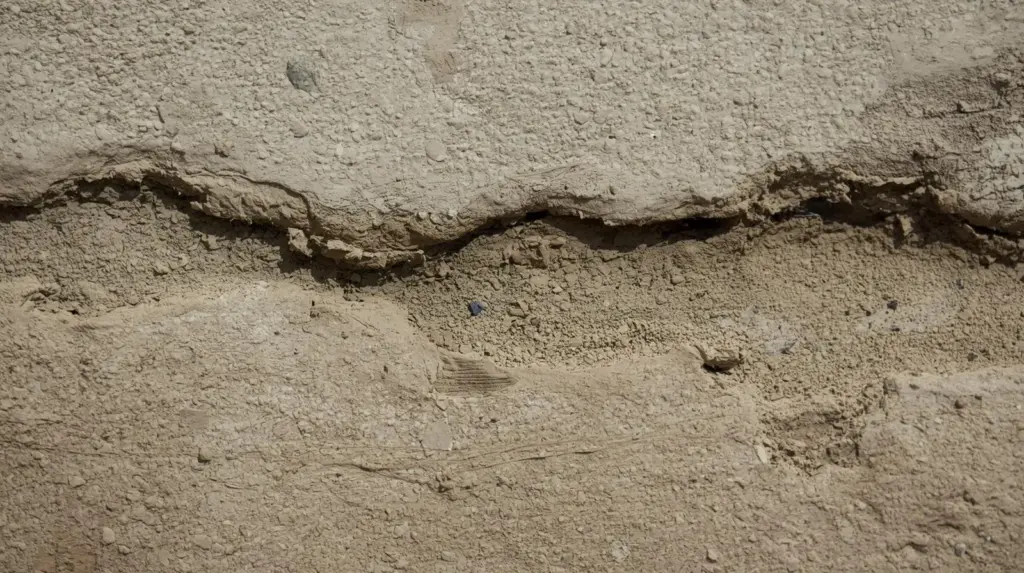
Concrete Drying Problems That Can Impact Your Foundation
If you don’t know how long does concrete take to dry and it dries incorrectly, it can trigger problems far beyond aesthetics.
- Cracks in slabs
- Uneven settlement
- Weak spots under load
- Moisture infiltration
- Future foundation shifting
This is where proper drainage and soil stability come into play.
Homes in California, especially areas like Fresno, often deal with expansive clay soils. These soils cause swelling, shrinking, and foundation movement making concrete performance unpredictable.
This is why homeowners often need services such as:
- foundation repair Fresno
- house leveling Fresno
- pier and beam foundation repair Fresno
These services stabilize the structure beneath the concrete long before surface repair begins.
What Happens If Concrete Dries Too Fast?
When concrete loses moisture faster than the hydration process can handle, the surface and internal structure can become compromised. Rapid drying commonly results in:
- Shrinkage cracks – The slab contracts unevenly, creating visible cracks on the surface.
- Flaky or dusty surfaces – The top layer becomes weak because the cement paste doesn’t have enough moisture to bond properly.
- Reduced structural strength – The concrete hardens before it fully hydrates, leading to long-term weakness.
- Edge curling – The perimeter dries faster than the center, causing the edges to lift or curl.
- Premature deterioration – Weak spots form early, increasing the likelihood of spalling and future repairs.
Fast drying typically occurs in:
- Hot weather
- Strong or constant winds
- Direct, intense sunlight
Rapid moisture loss is one of the most common causes of curing problems. The U.S. Geological Survey reports that over 60% of poorly cured slabs develop shrinkage cracks due to inadequate moisture control leading to how long does concrete take to dry become less during the first 48 hours of curing.
What Happens If Concrete Dries Too Slowly?
Excessively slow drying can cause a different set of issues. While a slower cure can sometimes increase strength, too slow means the slab stays vulnerable longer. Common problems include:
- Longer curing time – Projects may be delayed by days or even weeks.
- Higher risk of rain damage – Soft concrete can be easily washed out or marked by rainfall.
- Reduced early strength – The concrete remains fragile for longer, increasing the risk of surface defects.
- Moisture trapped inside the slab – Can lead to future problems with flooring, adhesives, or vapor barriers.
Slow drying is most often seen in:
- Cold temperatures
- High humidity
- Shaded or poorly ventilated areas
Uneven drying or soil shrinkage can cause parts of a slab to sink faster than others, leading to sloping floors and misaligned doors. When this happens, house leveling service Fresno can realign your structure and prevent long-term foundation damage.
How to Speed Up how long does Concrete take to Dry — Safely
You can accelerate the drying process without compromising strength by using the following methods:
- Use heaters in cold conditions – Raises the temperature enough for hydration to continue normally.
- Apply curing compounds – Helps regulate moisture and prevents the surface from drying too fast.
- Reduce water in the mix (within proper limits) – Less water means less to evaporate, but the mix must still be workable and structurally sound.
- Improve drainage around the slab – Keeps standing water away and prevents moisture from re-entering the concrete.
- Select fast-setting or high-early-strength mixes – These are formulated to reach workable strength much quicker.
But remember: while you can encourage faster curing, you should never force concrete to dry unnaturally fast. Proper curing takes time, and rushing it can compromise the slab’s long-term durability.
FAQs: How Long Does Concrete Take to Dry?
1. How Long Does concrete take to dry if the slab is about 4 Inches?
Typically, 4-inch concrete slabs take around 24–48 hours to harden enough for walking. Full structural hardness occurs after 28 days, depending on weather.
2. Can You Walk on Concrete After 12 Hours?
Not recommended. Concrete may look solid, but at 12 hours it’s still fragile. Walking can leave marks or weaken the surface.
3. How Long Should You Wait to Walk on Concrete?
A safe rule: 24 hours minimum for casual walking, 48 hours for normal use.
4. What Happens If It Rains 12 Hours After Pouring Concrete?
Rain at the 12-hour mark can damage the surface, weaken the mix, and delay curing. It may require resurfacing if damage occurs.
5. What Is the 4-2-1 Rule for Concrete?
It refers to the mix ratio: 4 parts gravel, 2 parts sand, 1 part cement — a common blend for DIY projects.
6. How Long Does Concrete Take to Dry After Rain?
Usually 12–24 additional hours, depending on humidity and temperature.
7. Can You Walk on Cement After 12 Hours?
Cement (and concrete) should ideally be left untouched for at least 24 hours to avoid surface damage.
